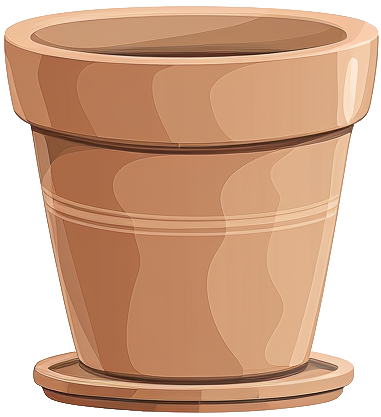- nepenthes
- reinwardtiana

nepenthes
reinwardtiana
reinwardtiana
Care level
Medium
Popularity
Moderate
This adaptable pitcher plant produces cute, compact traps in vibrant shades of green that often blush with stunning red highlights when exposed to bright light. Unlike its fussier relatives, it's known as one of the most forgiving tropical pitcher plants, happily growing in a wide range of conditions from windowsills to terrariums.
Care & maintenance
Light
Bright light, usually located near windows but doesn't receive direct rays for more than an hour during the day.
Temperature
Warm (18°C - 32°C)
Fertilization frequency
Low
Once per season.
Soil
Choose a Carnivorous plant mix: A nutrient-poor, acidic mix that mimics bog conditions. Provides excellent moisture retention while maintaining necessary aeration for sensitive roots.
If you want to create your own substrate, you can make a mixture of the following soils:




Click on the soil name for more information.
Pot

Standard size
Prefer a pot with a classic width/depth ratio.
Incorrect or incomplete information?
In our goal of building the best plant database, we sometimes make mistakes or have incomplete information. You can help us fill these gaps!
Features
Size & growth
Medium
Climbing
Moderate growth
This plant grows at a moderate rate. It can reach 30 to 90 cm in height or spread.
It grows upwards by attaching to supports or winding around them.
Toxicity
| Cat | |||
|---|---|---|---|
| Dog | |||
| Human |
Reproduction & propagation
Fruits & flowers
Flowering & not self-pollinating
The nepenthes reinwardtiana can produce flowers and therefore fruits.
This plant is not capable of self-pollination, it will not be able to produce fruits if it is not pollinated by another individual.

